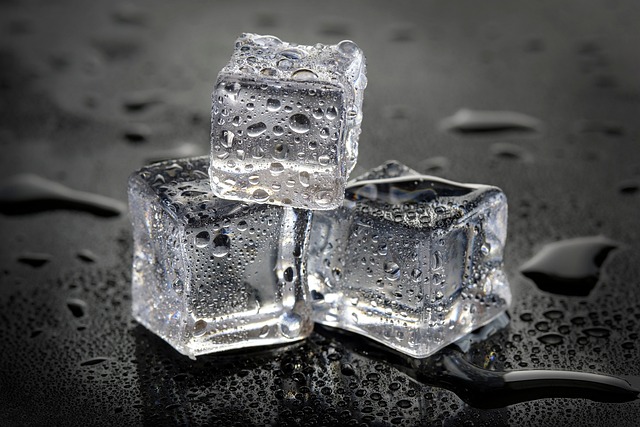The Melting Point: Examining Ice Loss and its Impact on the Environment and Climate Change
As we witness the gradual disappearance of ice across our planet, it becomes increasingly apparent that ice loss is more than just a physical transformation; it’s an emotional concern. For many, ice represents purity, beauty, and a critical component of our Earth’s ecosystem. Yet, the alarming rates at which glaciers, ice caps, and sea ice are vanishing serve as stark reminders of the realities of climate change.
The Role of Ice in Our Environment
Ice, whether in the form of glaciers or polar ice caps, plays a vital role in regulating the Earth’s climate. It reflects sunlight, helping to keep our planet cool. The expansive white surfaces of ice-covered regions act as mirrors, bouncing back solar radiation and mitigating the warming effects of climate change. However, as we continue to see significant ice loss, this natural barrier weakens, resulting in the absorption of more heat and further accelerating global warming.
The impacts of this ice loss resonate through ecosystems and communities around the globe. As the ice melts, sea levels rise and coastal areas face the threat of inundation. Ecosystems that rely on stable ice levels are in jeopardy, leading to a ripple effect that disrupts wildlife habitats and threatens species already at risk.
Climate Change: A Consequence of Ice Loss
Ice loss and climate change are intricately linked. The warming temperatures that contribute to melting ice also result in erratic weather patterns, more frequent and intense storms, and prolonged droughts. As the cryosphere—Our planet’s frozen regions—continues to erode, the consequences become more apparent. Communities dependent on these ice-covered regions for their livelihoods find themselves facing new challenges, from alterations in fishing patterns to increased risks of flooding.
Moreover, the feedback loop generated by ice loss worsens climate conditions. For instance, melting permafrost releases trapped greenhouse gases, such as methane, further exacerbating the climate crisis. This interplay of ice loss and climate change creates a daunting scenario that demands our urgent attention and action.
What Can We Do?
Understanding the gravity of ice loss empowers us to make informed decisions and actions. It’s crucial to advocate for policies that address climate change both on a local and global scale. Supporting renewable energy initiatives, reducing waste, and promoting conservation can help mitigate further ice loss and its multifaceted impacts.
Additionally, raising awareness about the significance of our planet’s icy regions can inspire others to take action. Whether it’s through educational outreach, community engagements, or social media campaigns, each of us can play a part in the fight against climate change and the preservation of our world’s precious ice.
In this critical period, let us remember that ice loss is not an isolated phenomenon; it’s a powerful indicator of our planet’s health and a portent of the changes to come. By acknowledging its implications and working collectively, we can strive to protect not only our environment but also our shared future.



